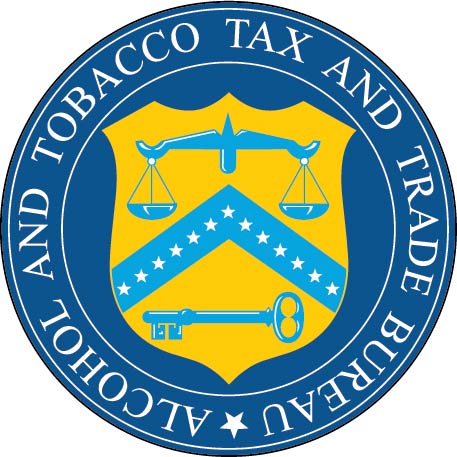One of my first turns on the pouring side of a tasting table
was back in 2007 at a fabulous fundraising event called Wine over Water.
This annual event, held on the Purple People Bridge over the Ohio River,
features gorgeous views of the Cincy Skyline and general merriment.
Tasting tables lined the bridge, while
folks ambled up and down the bridge, noshing, drinking, and generally making
merry.
Showing wines at an event like this is a curious experience.
While the attendees usually like wine, they’re not there really to learn much,
or to get in-depth tasting experiences like those you might have at a winery. I
found I usually had about 10 seconds to take a drink ticket, pour wine, and
give the tipsy person in front of me a quick nugget or two that they might
remember.
The Sweet Partner in Crime and I found ourselves pouring at
a station that included Nobilo. I can still remember my patter: “This is
Nobilo, a sauvignon blanc from New Zealand. It’s fruity and crisp, with flavors
of pineapple and grapefruit. Some people say it smells like fresh cut grass.”
That was about all I had time for, since the bombardment of
folks greedily holding their glasses out for more kept coming…and coming…and
coming…
[Sidebar – the stations where the SPinC and I worked at this
event were always among the most popular. Winos respect winos, I s'pose.]
Why share this story? An offer came over the transom to
sample Nobilo Icon, Nobilo’s flagship line of wines. Specifically, the Nobilo
Icon Sauvignon Blanc. Just seeing “Nobilo” made me get all reminiscent of the
days when I had many fewer lines across my old bald pate. Took me right back to
that tasting table.
Once I got my Icon sample, I made a bop over to Big Wine
Store to pick up a copy of the “standard” Nobilo Sauvignon Blanc, termed their
“regional collection” to do a side-by-side comparison. What better way to see
if the “flagship” label is actually worth a few extra shekels, right?
For a little background, Nobilo is one of the older wineries
in New Zealand, founded in 1943 by Nikola and Zuva Nobilo, natives of Croatia.
In the 1970’s, Nikola helped spearhead the push to move New Zealand’s wine
industry from largely local operations growing native grapes to a more global
market producing Sauvignon Blanc and Pinot Noir, the grapes for which EnnZedd
is now best known.
Sauvignon Blanc became New Zealand’s calling card. Instead
of the flinty, acid balls of white Bordeaux or the super fruity California
styles, New Zealand’s sauvignon blanc offerings were smooth bodied whites full
of grapefruit and tropical fruit with a hint of that fresh cut grass. It’s a
style I’ve very much enjoyed over the years, especially in the summers.
Side by side, I tried this pair – the
Nobilo Icon 2015 Marlborough Sauvignon Blanc and the Nobilo 2015 “Regional
Collection” Marlborough Sauvignon Blanc.
The difference was apparent from the very first swirl. The
nose and palate of the Icon were full of tropical fruit: pineapple, papaya, and
mango. The regular was much more acidic on the palate, with grapefruit and
pineapple as the dominant fruit flavors.
There were some definite herbaceous overtones, which weren’t really present on
the Icon.
The Icon’s body was slightly fuller, as well – more medium
weight than the more Pinot Grigio feel of the Regional. The Icon was zesty and
acidic at the end, which eased off into a long tropical fruit finish. The
Regional’s finish was much more straightforward. Zingy grapefruit flavors and a
clean, crisp end.
Of the two, I personally preferred the Icon’s richness and
more tropical flavors. For those who think the “herbaceous” New Zealand
Sauvignon has gone a bit over the top, this one would be a really nice change
of pace. On the other hand, I know a lot of folks who really groove on the
high-acid, grapefruity, grassy styles, and the Regional would be much more in
their wheelhouse.
The retail on the Icon is $22 and the Regional is usually
around $12. When I was at Big Wine Store, though, I saw the Icon on sale for
$15. That would be about a three-second decision moving forward…







